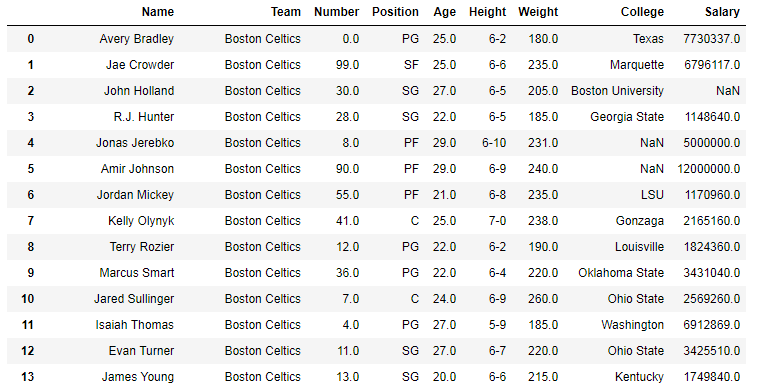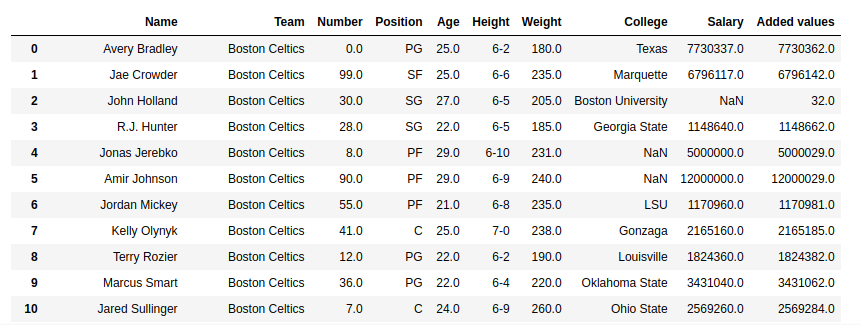Python Pandas MultiIndex.to_hierarchical()
Python是一种进行数据分析的伟大语言,主要是因为以数据为中心的Python包的奇妙生态系统。Pandas就是这些包中的一个,它使导入和分析数据变得更加容易。
Pandas MultiIndex.to_hierarchical()函数返回一个重塑的MultiIndex,以符合n_repeat和n_shuffle给出的形状。复制并重新排列一个MultiIndex,以便与另一个有n_repeat项的索引结合,是非常有用的。
语法: MultiIndex.to_hierarchical(n_repeat, n_shuffle=1)
参数 :
n_repeat :在自己身上重复标签的次数。
n_shuffle :控制标签的重新排序。如果结果要成为MultiIndex中的一个内层,n_shuffle需要大于1。每个标签的大小必须能除以n_shuffle。
返回 : MultiIndex
例子#1:使用MultiIndex.to_hierarchical()函数来重复MultiIndex中的标签。
# importing pandas as pd
import pandas as pd
# Create the MultiIndex
midx = pd.MultiIndex.from_tuples([(10, 'Ten'), (10, 'Twenty'),
(20, 'Ten'), (20, 'Twenty')],
names =['Num', 'Char'])
# Print the MultiIndex
print(midx)
输出 :

现在让我们把MultiIndex的标签重复2次。
# repeat the labels in the MultiIndex 2 times.
midx.to_hierarchical(n_repeat = 2)
输出 :

正如我们在输出中看到的,返回的MultiIndex中的标签重复了2次。
示例#2:使用MultiIndex.to_hierarchical()函数来重复以及重新洗牌MultiIndex中的标签。
# importing pandas as pd
import pandas as pd
# Create the MultiIndex
midx = pd.MultiIndex.from_tuples([(10, 'Ten'), (10, 'Twenty'),
(20, 'Ten'), (20, 'Twenty')],
names =['Num', 'Char'])
# Print the MultiIndex
print(midx)
输出 :

现在让我们重复并重新洗牌MultiIndex的标签2次。
# resetting the labels the MultiIndex
midx.to_hierarchical(n_repeat = 2, n_shuffle = 2)
输出 :

正如我们在输出中看到的,在返回的MultiIndex中,标签被重复以及重新洗牌了两次。
 极客教程
极客教程